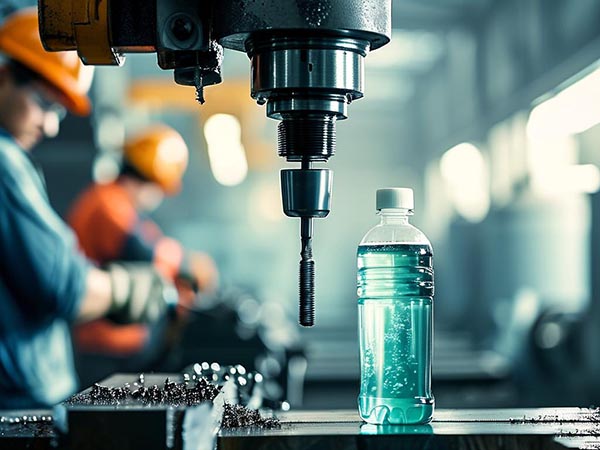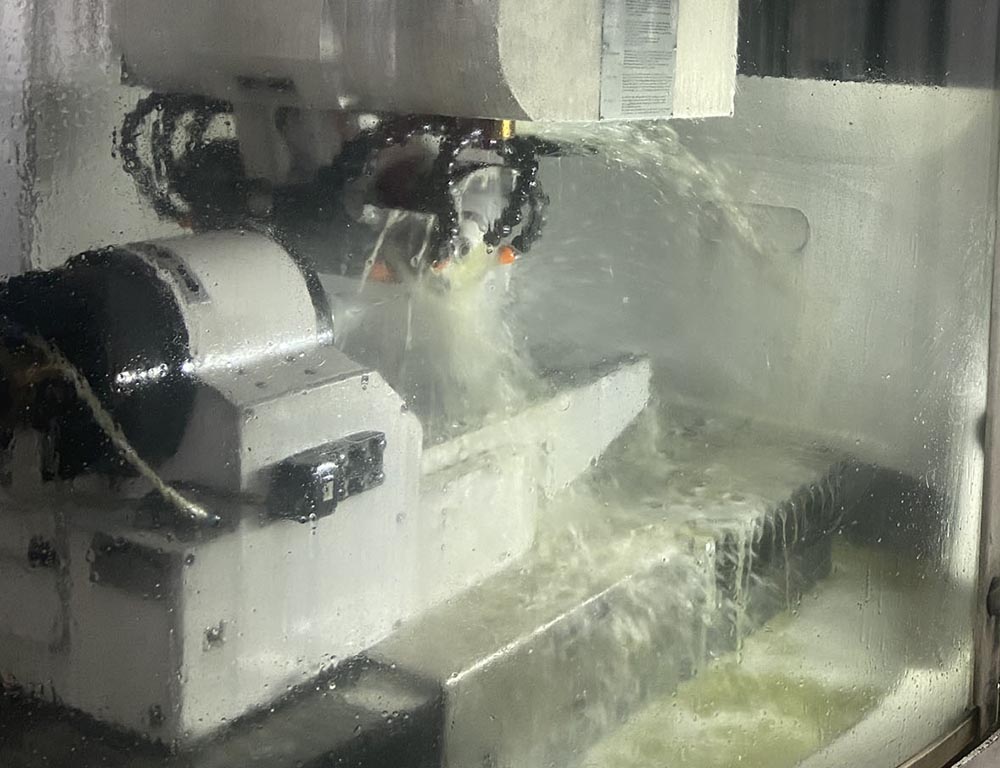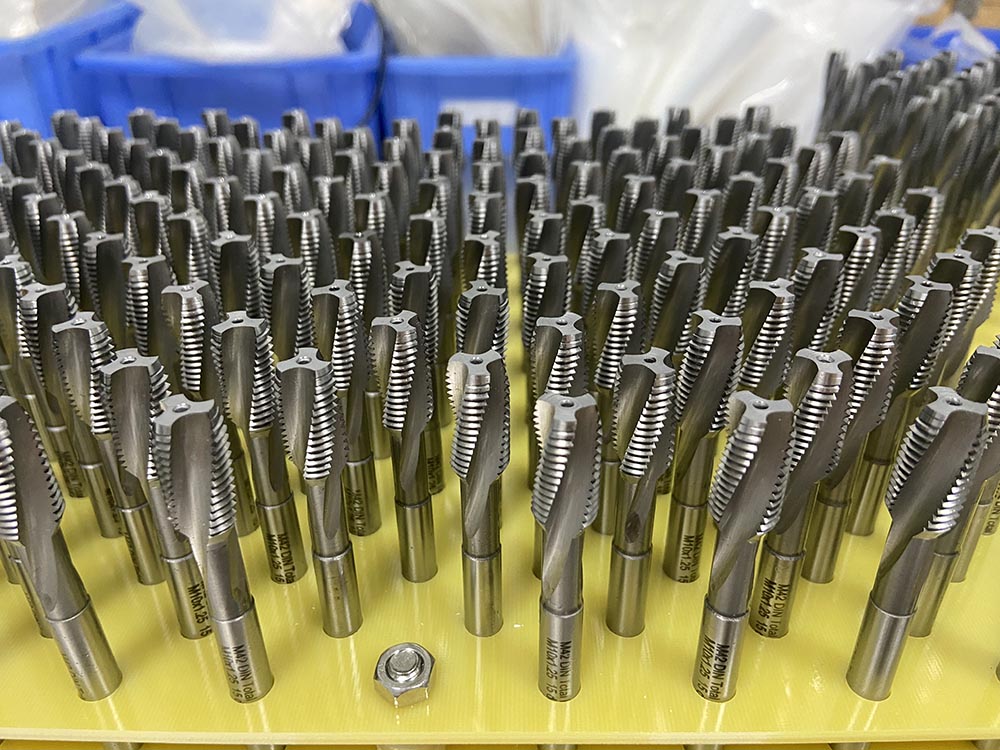
Why More and More Cutting Tool Manufacturers Are Choosing Eco-Friendly Coolants
Amid the global push for greener manufacturing, the hardware cutting tool industry is facing a dual challenge: the EU’s tightening carbon border tax policies and intensifying domestic environmental regulations. At the same time, the hidden costs and performance drawbacks of traditional mineral-based coolants are becoming more pronounced. For instance, data from a mid-sized cutting tool manufacturer shows that M6 taps used in machining cast iron blind holes suffer from a 14% monthly breakage rate due to poor chip evacuation caused by conventional coolants. Carbide drills, operating under high-heat conditions, reach only 65% of their theoretical lifespan. Eco-friendly coolant technology—leveraging molecular-level lubrication films and intelligent thermal management—is quietly redefining tool performance. This shift is more than a passive response to environmental compliance; it's an active transformation aimed at cost reduction and efficiency improvement through technological upgrades.

| Cost Type | Real-World Impact | Estimated Annual Loss (Small to Mid-Sized Plants) |
|---|---|---|
| Abnormal Tool Wear | Frequent M8 tap changes due to built-up edges | ¥80,000–150,000 |
| Energy Waste | High electricity bills from overworked coolant pumps | ¥30,000–60,000 |
| Environmental Fines | Lost German contracts due to failure to meet VDI 3397 | ¥200,000+ in missed orders |
| Worker Health | Increased sick leave due to skin irritation | ¥12,000 |
| Equipment Corrosion | Guide rail rust repairs on CNC machines | ¥25,000 |
| Waste Disposal | Annual cost of hazardous waste compliance | ¥48,000 |

| Machining Phase | Coolant Mechanism | Temperature Control Outcome |
|---|---|---|
| Tool Entry | Nano-bubbles burst to remove initial heat | 42% slower temperature rise |
| Continuous Cutting | Phase-change materials absorb latent heat | Stable between 480–520°C |
| Tool Retraction | Evaporation of residual film cools tool | Reduces thermal shock deformation |
Simplified Principles:
| Factory Type | Success Practice | Failure Pitfall |
|---|---|---|
| Small Workshop in Zhejiang | Upgraded 2 key machines | Emulsion failure due to leftover coolant residue |
| Mid-Sized Plant in Guangdong | Daily coolant concentration monitoring | 30% overuse due to lack of staff training |
| Export-Focused Factory in Shandong | TÜV certification boosted export margin | Pump failure from low-quality filtration system |
| Project | Before vs After (Guangdong Tool Manufacturer) |
|---|---|
| Tap Loss | Reduced from 280/month to 203/month |
| Electricity | 27% reduction in coolant system energy use |
| Client Orders | 40% increase after obtaining Bosch Green Supplier Certification |
From lab results to shop floor application, the tool life-extending benefits of eco-friendly coolants are well-proven. By lowering friction, regulating temperature, and enhancing chip evacuation, HSS taps and carbide tools achieve 25–40% longer life spans. At the same time, waste treatment and equipment maintenance costs are reduced. However, success requires adjusting delivery parameters based on equipment specs and establishing coolant concentration monitoring and seasonal maintenance systems.
As global buyers increasingly mandate carbon tracking across supply chains, eco-friendly coolant adoption has evolved from a technical upgrade into a strategic necessity for export competitiveness. This seemingly minor process improvement is, in reality, a crucial pivot linking sustainable manufacturing with business returns—unlocking a future of both economic and environmental gains for cutting tool manufacturers.

 We like to do design according to all the customers' requirements, or offer them our new designs. With strong OEM/ODM capabilities, we can fill your sourcing demands.
We like to do design according to all the customers' requirements, or offer them our new designs. With strong OEM/ODM capabilities, we can fill your sourcing demands.